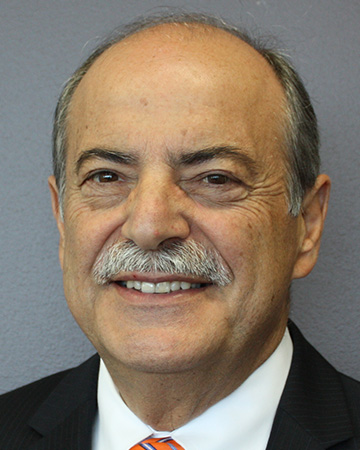
Ancient camping and fishing area saved for research and cultural tourism
Responsibility for an area of great heritage significance was handed to its traditional owners today at a ceremony at an ancient Aboriginal site in Albany.
The fish traps at Oyster Harbour have been managed by the National Trust since 1966 when they were under threat from development. They are part of a much larger area where local Noongar people have been gathering for at least 7,500 years. In 1791, Captain George Vancouver noted them on an exploration expedition.
The fish traps consist of eight weirs that extend along the north end of Oyster Harbour. They are made from thousands of stones in which branches are positioned vertically, then horizontally to trap fish when the tide recedes. The fish are then speared.
Indigenous Affairs Minister Kim Hames said that by handing the ownership and management of the site to the Albany Heritage Reference Group Aboriginal Corporation, the State was preserving a piece of Australia's cultural heritage for all.
"Working with the Department of Indigenous Affairs, the City of Albany, South Coast Natural Resource Management, Green Corps and the National Trust, the Albany Heritage Reference Group will be developing a community management plan for the fish traps," Dr Hames said.
Heritage Minister John Castrilli said the site held special significance because it was the first heritage place vested in the National Trust of Australia (WA).
"It gives me great pleasure to join with the Minister for Indigenous Affairs as we pass the responsibility for the Oyster Harbour Fish Traps and reserve to the Albany Heritage Reference Group Aboriginal Corporation and the traditional owners of Menang country," Mr Castrilli said.
"This most valuable and unique site has been passed to the traditional owners to enable its conservation and interpretation as a cultural heritage educational resource for the local community."
Dr Rosalind Lawe Davies, vice president of the National Trust, said her board was extremely pleased that this most valuable and unique Aboriginal site had been passed to the traditional custodians.
"This move will enable conservation and interpretation of the site as a cultural heritage educational resource for the local community," Dr Lawe Davies said.
Office of the Minister for Indigenous Affairs - 9222 8788
Office of the Minister for Heritage - 9213 6800


